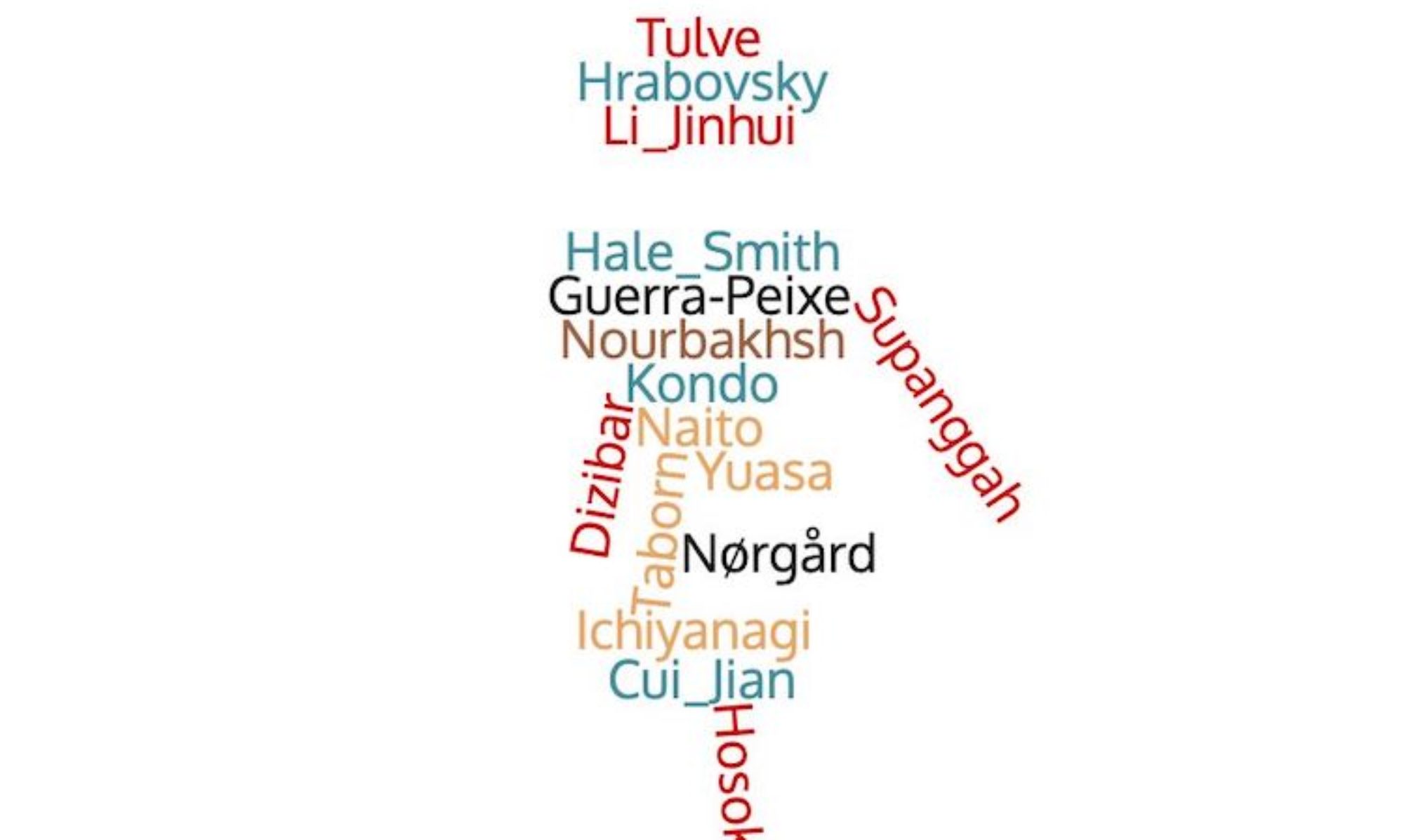By Mao Mengdan and Min Lingkang
This post is part of a series on 100 modern conservatory-trained Chinese composers from 1912 onwards who wrote symphonic, ensemble, and solo instrumental music using Western instruments, as well as choral and solo vocal music, adopting Western tonality or avant-garde techniques. They are regarded as key historical figures in and drivers of modern Chinese music history.
Zhu Jianer (1922.10.18—2017.8.15) was a renowned Chinese composer and musician, best known for his composition “Symphony No. 10, Op. 42” (1998). Born as Zhu Rongshi in Anhui, Jiang County, Zhu Jian’er developed an interest in music during his middle school years in Shanghai, teaching himself to play the piano and other instruments. In the late 1930s, he studied harmony with Qian Renkang and button accordion at Shi Renwang’s training class. In 1945, he went to the North Jiangsu Liberated Area and worked on music composition with the Middle Jiangsu Military District Frontline Troupe and the Huadong Military District Cultural Troupe.
After the 1947 Laiwu battle, his song “Da De Hao” became widely popular among the liberated area’s military and civilians. Between 1949 and 1953, he composed music for various films including “The Earth Shines Again” and “Storm at Sea” while working at film studios in Shanghai and Beijing, and Central News and Documentary Film Studios. In 1955, Zhu went to the Soviet Union to study composition at the Tchaikovsky Conservatory in Moscow. His piano preludes “Telling You” and “Running Water,” composed during this period, demonstrated refined musicality and a meticulous touch. His piano solo “Narrative Poem” and “Theme and Variations” showed tight logical development and rich harmonic techniques.
Zhu’s first orchestral work, “Festival Overture,” premiered in Moscow in 1959 and was archived by the Soviet Union’s National Radio. Upon returning to China in 1960, he became a full-time composer at the Shanghai Experimental Opera House. In the following years, he focused on smaller vocal works, with songs like “Taking Over Lei Feng’s Gun” and “Singing a Mountain Song to the Party” gaining widespread popularity.
Starting in 1975, Zhu worked with the Shanghai Symphony Orchestra. His string ensemble “Nostalgia” (1978) was his first attempt at addressing tragic themes in symphonic music. “Symphonic Fantasia – A Tribute to the Martyrs for Truth,” completed in 1980, was inspired by the tragic execution of Zhang Zhixin (a dissident during the Cultural Revolution) and won an excellence award at the first National Symphony Music Work Awards in 1981.
Zhu Jian’er passed away on August 15, 2017, at the age of 95. In accordance with his wishes, no memorial service was held, and his body was donated to medical research.
“Symphony No. 10 ‘Jiang Xue'” (1998) is one of Zhu Jian’er’s most notable works, blending the ancient Chinese guqin piece “Meihua San Nong” and the Tang Dynasty poem “Jiang Xue” by Liu Zongyuan with Western symphonic elements. This symphony, which incorporates traditional Chinese melodies and instruments, is a testament to Zhu Jian’er’s innovative approach to combining Chinese and Western musical traditions.
In this symphony, Zhu Jian’er ingeniously uses China’s rich linguistic and cultural heritage, using Chinese operatic style in the recitation of ancient poetry (of the guqin piece) within the symphonic context, thereby merging the orchestra with the guqin. The performance by Shang Changrong perfectly captures the Chinese spirit of Zhu Jian’er’s symphony. The work is structured to showcase different aspects of the poem, with Shang Changrong employing various singing styles from Peking opera to convey the poet’s sentiments, from the frustration of unfulfilled talent to the lofty and transcendent character of the poet.
You can watch a performance of Zhu Jian’er’s “Symphony No. 10 ‘Jiang Xue'” at this link: https://www.bilibili.com/video/BV1RE411J7JN?share_source=copy_web&vd_source=4681f0684a5c74dd125d397ca5882ba3
